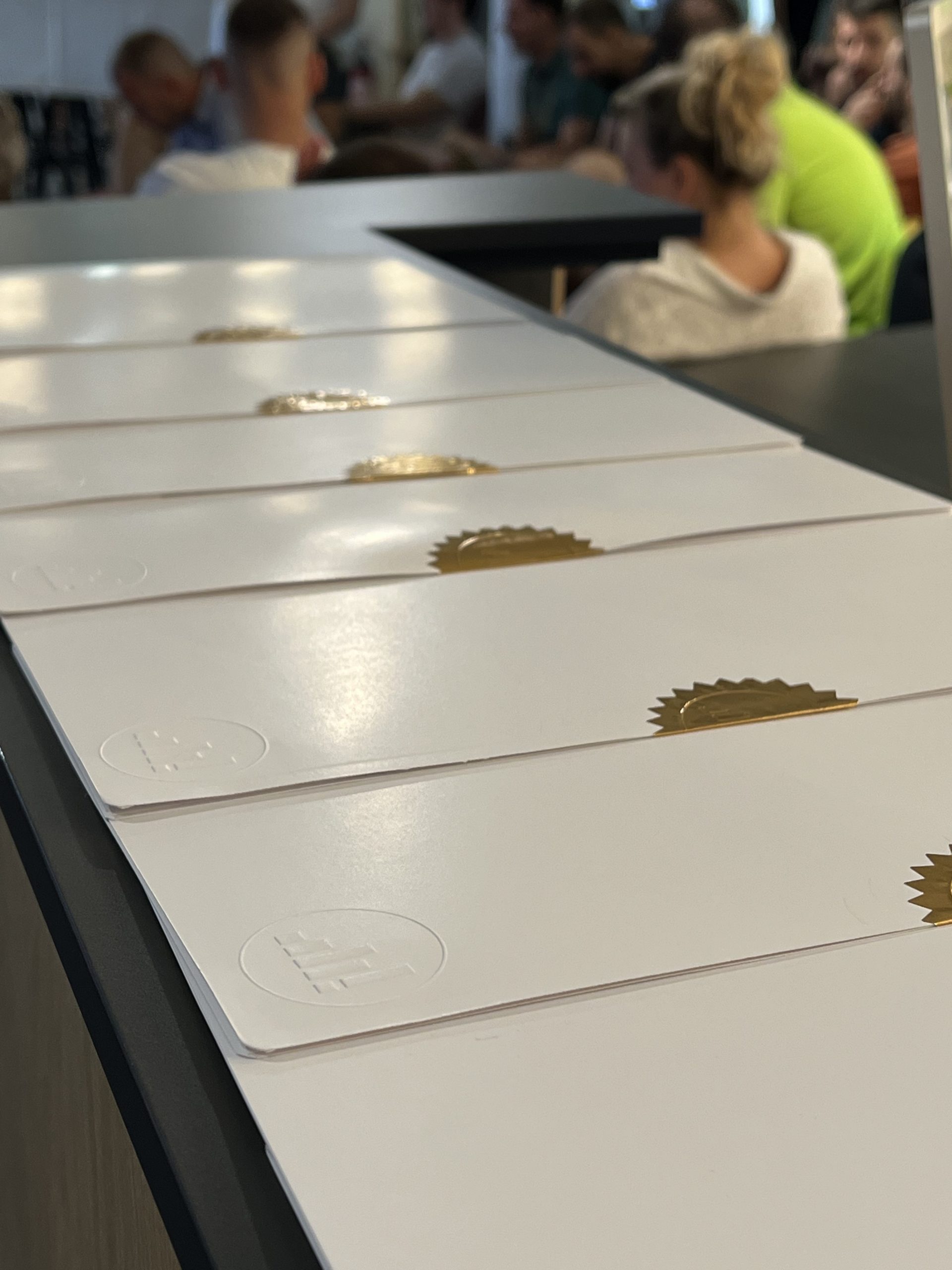If someone told me last year that I’m going to write blogs, I would tell them that they are crazy. But here I am, after serving for 11 years in the Croatian army, I got a new job at SeekandHit as a project manager, and I’m writing my SECOND blog post.
As you can guess, it was (still is) a hard switch from an extremely strict system, where there is no place for mistakes (especially because I used to work with explosives), into a (for me) new world, where a lot of stuff is tolerated. Especially when you are on a junior position like me, and when your team lead says: “It’s ok for a junior to make mistakes” (and I made A LOT in the beginning).
So for a newbie like me, the best thing to help me stop making a lot of mistakes, was a Google project management course.
When I signed in to the course, I remember I told my lead that this course is too easy, and that I will finish it in two weeks. Little did I know that it was just the first of six courses, and it will take six months for me to completely finish the course.
For those of you reading this, I will write down an abstract of those six courses, so maybe you will take a chance to finish them like I did.
Foundations of Project Management
This course was the first in a series of six to equip me with the skills I’ll need to apply to introductory-level roles in project management.
When I started to discover foundational project management terminology, and gain a deeper understanding of the role, and responsibilities of a project manager, I realized that I already did some of that stuff in the military (just in a bit harder version).
Throughout the program, there were videos from Google employees. They talked about their everyday tasks, how they gain experience, and how to implement learned lessons in projects.
After completing this course, I learned:
what project management is and what a project manager does
how project managers add value to organizations and to their teams
phases of the project life cycle
organizational structures and how they impact project management
Project Initiation: Starting a Successful Project
I was still a rookie in my company, and didn’t have much obligation. So I was going through the second course like there is no tomorrow.
I need to mention here that I took notes from every course on my iPad. I like to write down everything I’m learning (maybe because my memory isn’t my best side 🤷).
I started to learn how to set a project up for success in the first phase of the project life cycle: the project initiation phase. Also, I learned how to define and manage project goals, deliverables, scope, and success criteria.
In this course, I discovered how to use tools and templates like stakeholder analysis grids and project charters to help me set project expectations and communicate roles and responsibilities.
After having some tools and templates in place, my Team lead and I started to implement those into our everyday process.
After completing this course, I learned to:
understand the significance of a project’s initiation phase and describe its key components
define and create measurable project goals and deliverables, define scope
define project roles and responsibilities, complete a stakeholder analysis, and utilize RACI charts
recognize the importance of clear and consistent project documentation, understand the key components of project proposals
Project Planning: Putting It All Together
Here my confidence started to grow a bit. Also, I started to organize my team’s everyday tasks on our board, attend meetings… My life as project manager started to look like the real thing.
But, the main occupation in my business life was the Google Project Management course.
I was rolling with the second phase of project life: the project planning phase.
I learned how to examine the key components of a project plan, how to make accurate time estimates, and how to set milestones. Later on, I discovered tools that helped me to identify and manage different types of risk and how to use a risk management plan to communicate and resolve risks.
Last, but not least, from Google’s employees I learned how to draft and manage a communication plan and how to organize project documentation.
More and more I was getting into the world of project management, and if I had to be honest, I enjoyed it.
After completing this course, I learned:
benefits of planning and key components of the planning phase
why a project plan is necessary and what components it contains
what the components of a project budget are, how the budgeting process works, and how to manage a project budget
what risk management is and how it can help prevent project failure
elements of a simple communication plan and how to draft and manage one
Even though I’ve learned a lot from these three modules, I couldn’t even imagine what the next three modules would bring to me.
You will find out how the rest of my Coursera PM education went in another blog on this topic.







